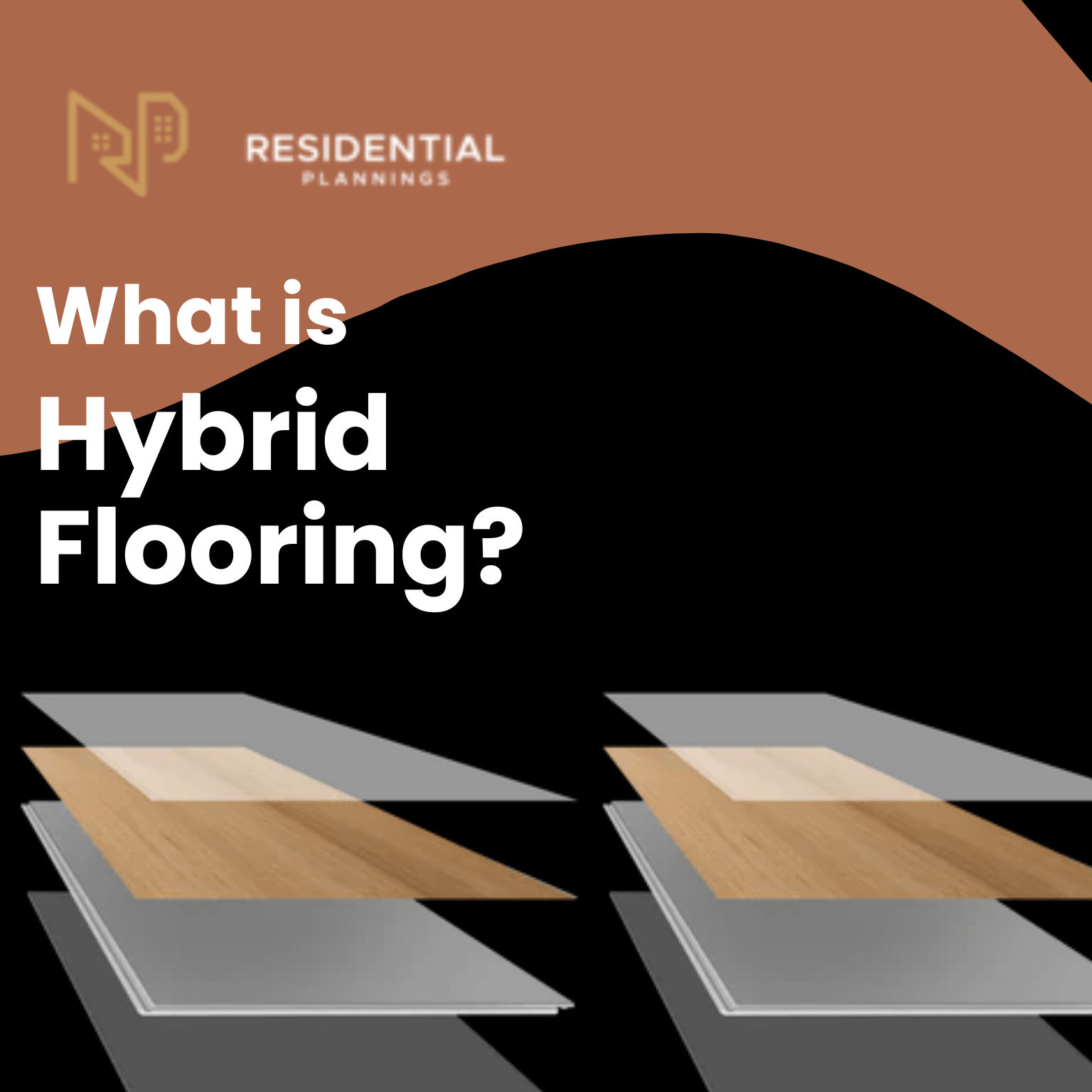Hybrid flooring is a modern, durable, and water-resistant flooring option that combines the best features of laminate and vinyl flooring. It’s designed to look like real wood or stone, but it’s much easier to maintain and is a more affordable choice for homeowners.
What is Hybrid Flooring Made Of?
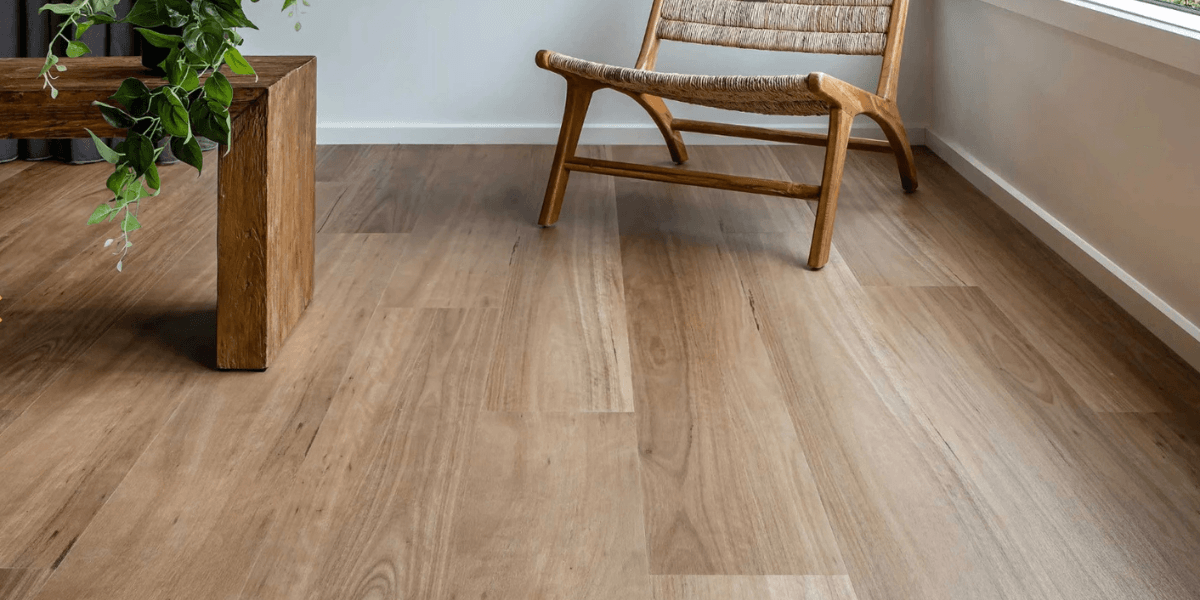
Hybrid flooring consists of several layers:
- Wear Layer: The top transparent layer protects the floor from scratches, stains, and dents. This makes it ideal for high-traffic areas and homes with kids or pets.
- Decorative Layer: Below the wear layer is a printed image that gives the floor its wood or stone appearance. The designs are high-quality and very realistic.
- Core Layer: This layer is made from a mix of limestone and plastic, giving the floor strength and stability. It’s what makes hybrid flooring water-resistant and helps it resist temperature changes without expanding or shrinking.
- Backing Layer: The bottom layer provides extra stability and helps with sound insulation. Some hybrid floors come with built-in underlayment, making them softer to walk on and quieter underfoot.
Benefits of Hybrid Flooring
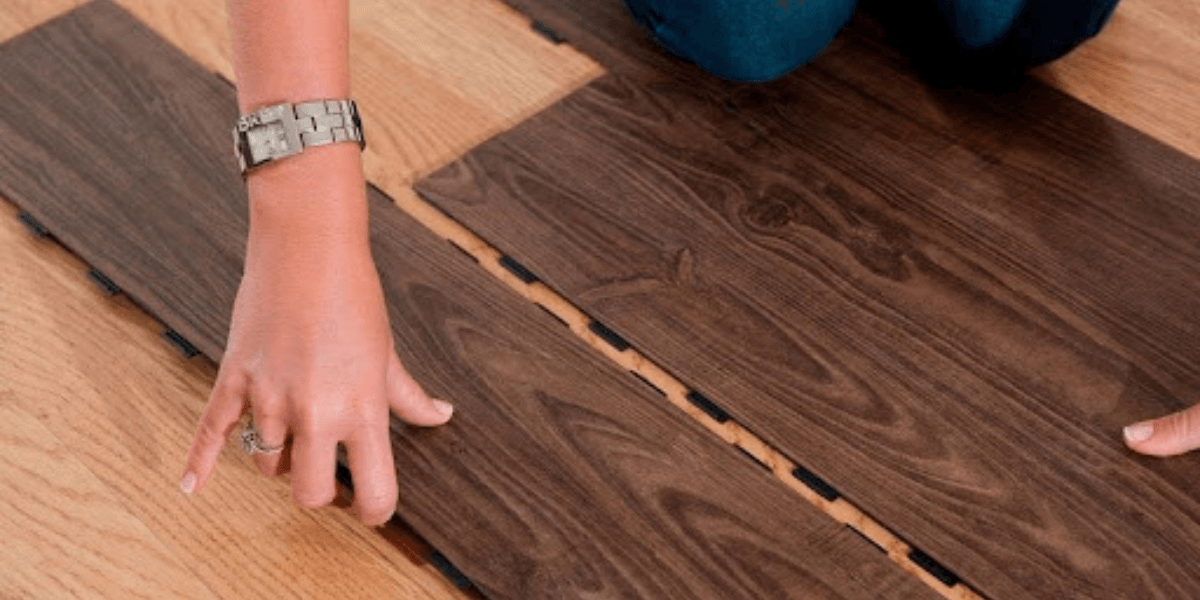
- Water-Resistant: Hybrid flooring is water-resistant, so it can be installed in areas like kitchens, bathrooms, and laundry rooms where moisture is common. Unlike wood or laminate, it won’t swell or warp when exposed to water.
- Durable: The wear layer protects the floor from damage like scratches, dents, and stains. This makes hybrid flooring a great choice for busy homes, commercial spaces, or rooms with heavy foot traffic.
- Realistic Look: Hybrid floors come in a variety of designs that mimic the look of real wood or stone, giving you the natural look without the high town planner cost or maintenance of real materials.
- Low Maintenance: Hybrid flooring is easy to clean and care for. Regular sweeping or vacuuming, along with occasional mopping, is all that’s needed to keep the floor looking great.
- Comfortable and Quiet: With its multi-layered construction and often built-in underlayment, hybrid flooring feels soft underfoot and reduces noise, making it ideal for homes and apartments.
- Easy to Install: Most hybrid flooring comes with a click-lock system, which means it can be installed quickly without the need for glue or nails. It can also be installed over existing floors, which saves time and money.
How Hybrid Flooring Compares to Other Floors
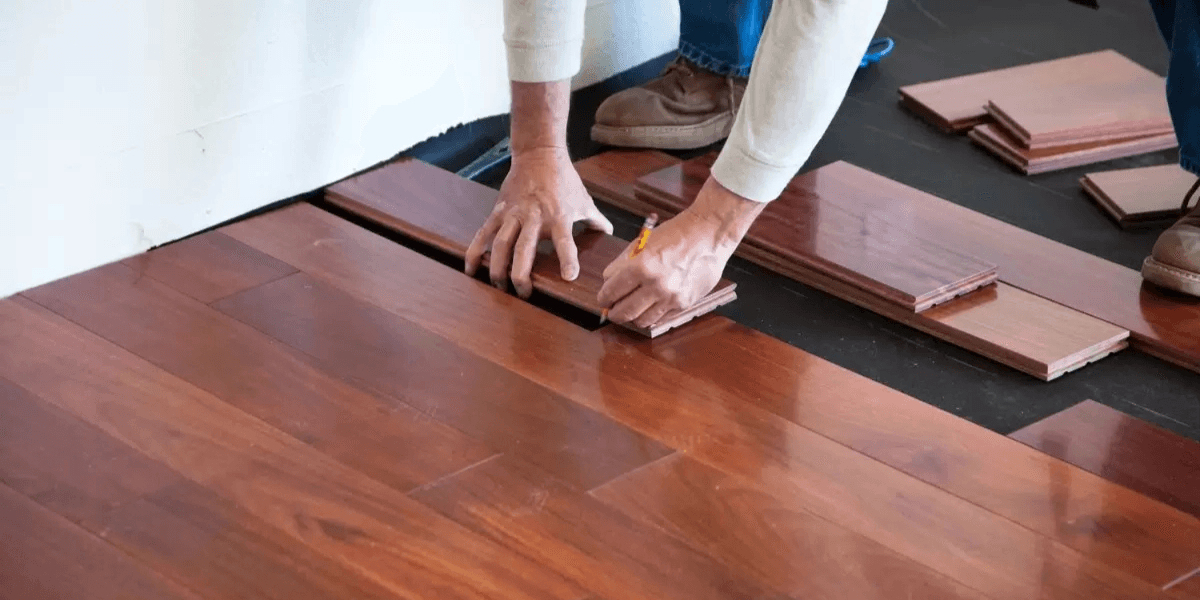
Hybrid Flooring vs. Laminate
Both hybrid and laminate flooring offer a wood-like appearance, but hybrid flooring is more water-resistant. This makes it a better option for areas where spills or moisture are common.
Hybrid Flooring vs. Vinyl
Vinyl floors are also water-resistant, but hybrid floors are tougher and more stable due to their rigid core. Hybrid floors are also better at resisting temperature changes, making them more durable in varying climates.
Hybrid Flooring vs. Timber
While timber floors offer a natural beauty, they are more expensive and require more maintenance. Hybrid flooring gives you the same look as real wood but is easier to care for and more affordable.
Where Can You Install Hybrid Flooring?
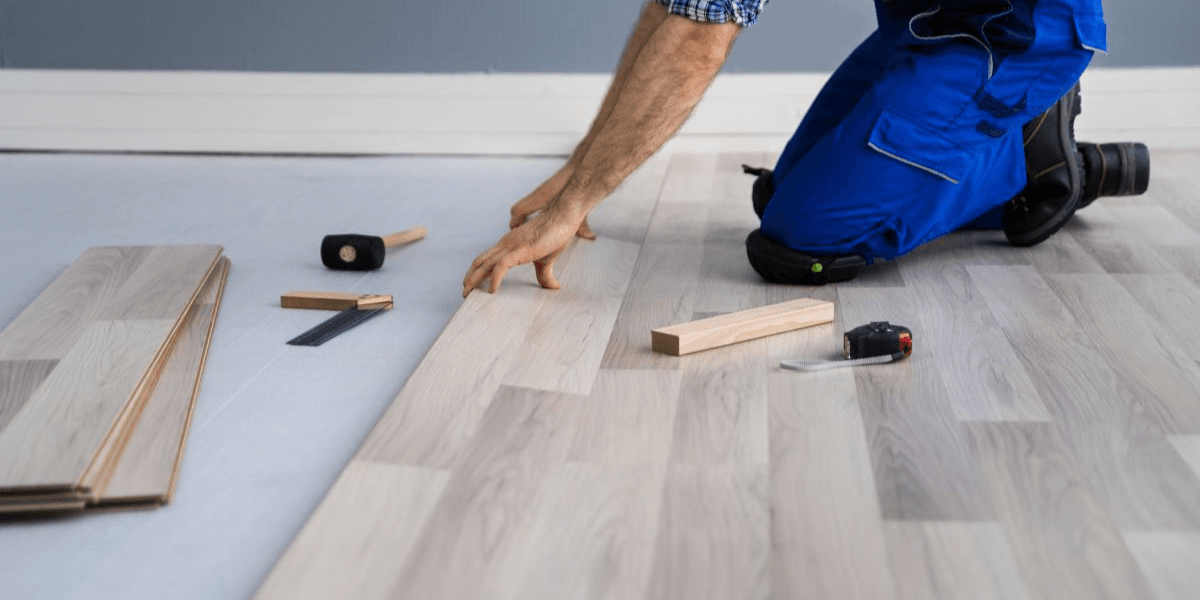
Because of its water resistance and durability, hybrid flooring can be installed in almost any room:
- Living Rooms and Bedrooms: Hybrid flooring provides a warm, stylish look that’s perfect for these spaces.
- Kitchens and Dining Areas: Its water resistance makes it a good choice for kitchens and dining rooms, where spills are common.
- Bathrooms and Laundry Rooms: Unlike timber or laminate, hybrid flooring won’t swell or warp in these wet areas.
- Commercial Spaces: Its durability and easy maintenance make it a popular option for offices, retail stores, and other commercial environments.
How to Install Hybrid Flooring
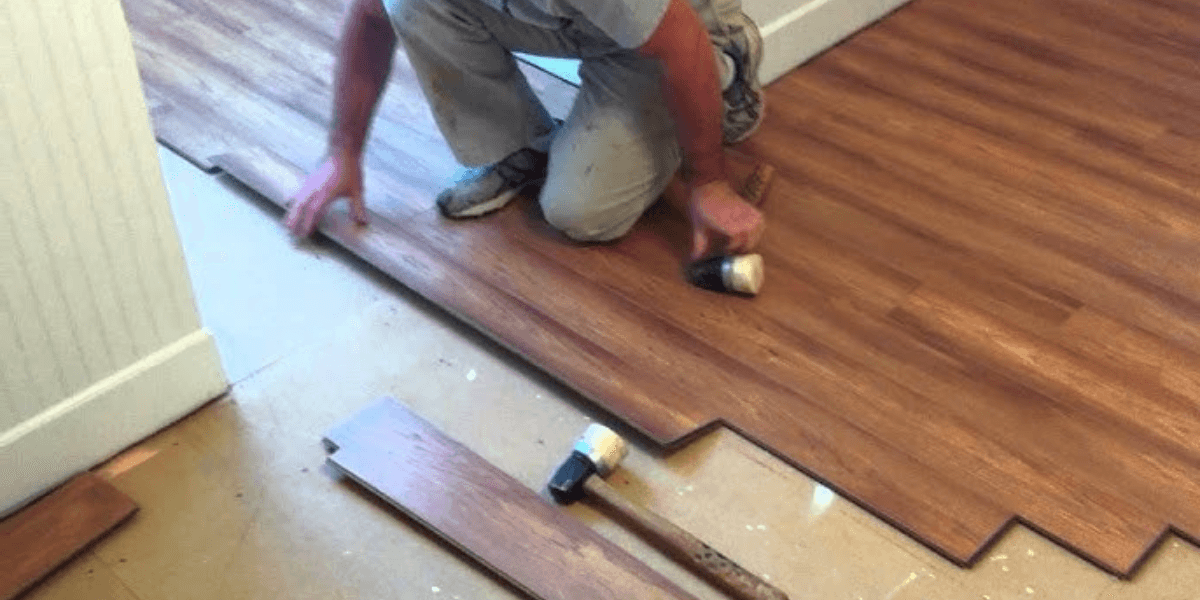
Hybrid flooring is easy to install, making it a popular choice for DIYers. Here’s a simple guide to installation:
- Prepare the Subfloor: Ensure the subfloor is clean, dry, and level. Hybrid flooring can be installed over most existing floors, like tile or concrete, as long as the surface is in good condition.
- Acclimatize the Flooring: Let the hybrid flooring sit in the room where it will be installed for about 48 hours before installation. This allows the material to adjust to the room’s temperature and humidity.
- Install the Underlay: Some hybrid floors come with built-in underlay. If yours doesn’t, you’ll need to install a separate underlay to provide cushioning and sound insulation.
- Lay the Flooring: Start at one corner of the room and use the click-lock system to snap the planks together. No glue or nails are needed.
- Finish with Trim: Once the planks are laid, add trims or moldings to cover the edges and give the room a finished look.
- Post-Installation Care: After installation, clean the floor planning & remove dust and debris. Regular maintenance like sweeping and mopping will keep it looking fresh for years.
Key Considerations Before Choosing Hybrid Flooring
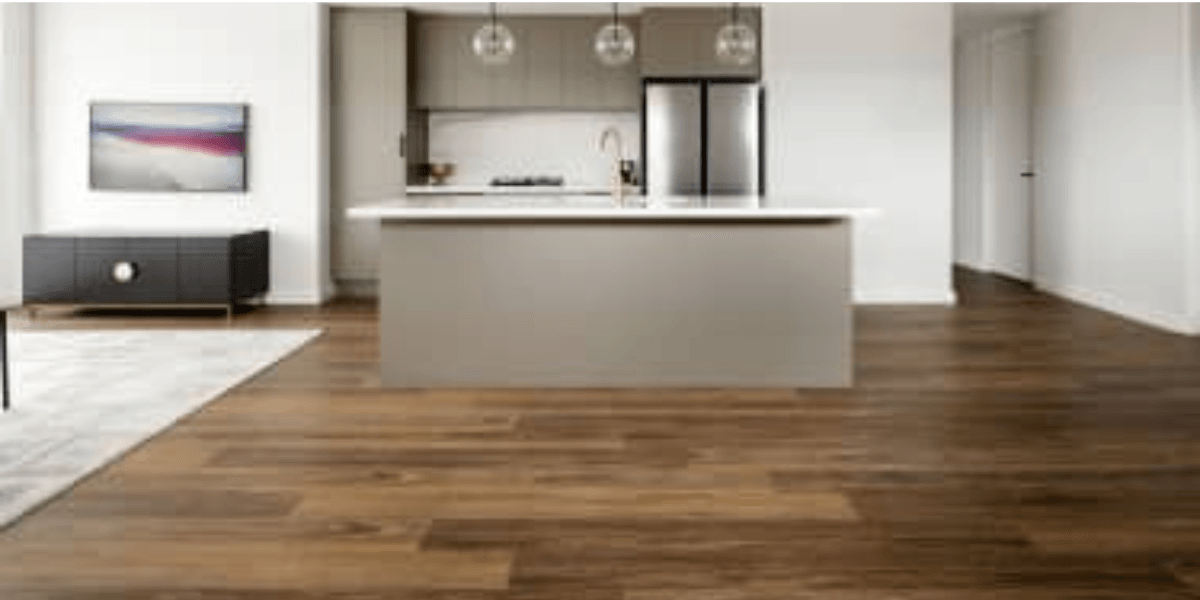
- Budget: Hybrid flooring is generally more affordable than natural wood but can be pricier than laminate or vinyl. However, its durability and low maintenance costs make it a smart long-term investment.
- Subfloor Condition: While hybrid flooring can be installed over existing floors, the subfloor must be level and moisture-free to prevent any issues.
- Expansion Gaps: Like other floating floors, hybrid flooring needs expansion gaps around the edges of the room to allow for slight movement due to temperature changes.
Conclusion
Hybrid flooring is a great choice for anyone looking for a stylish, durable, and low-maintenance flooring solution. It combines the best features of laminate and vinyl, making it water-resistant and ideal for almost any room in your home, including kitchens and bathrooms.
If you’re considering upgrading your floors, Town Planners can help you find the perfect hybrid flooring option to suit your needs. Call us at 493 128 930 today for expert advice and installation services!
